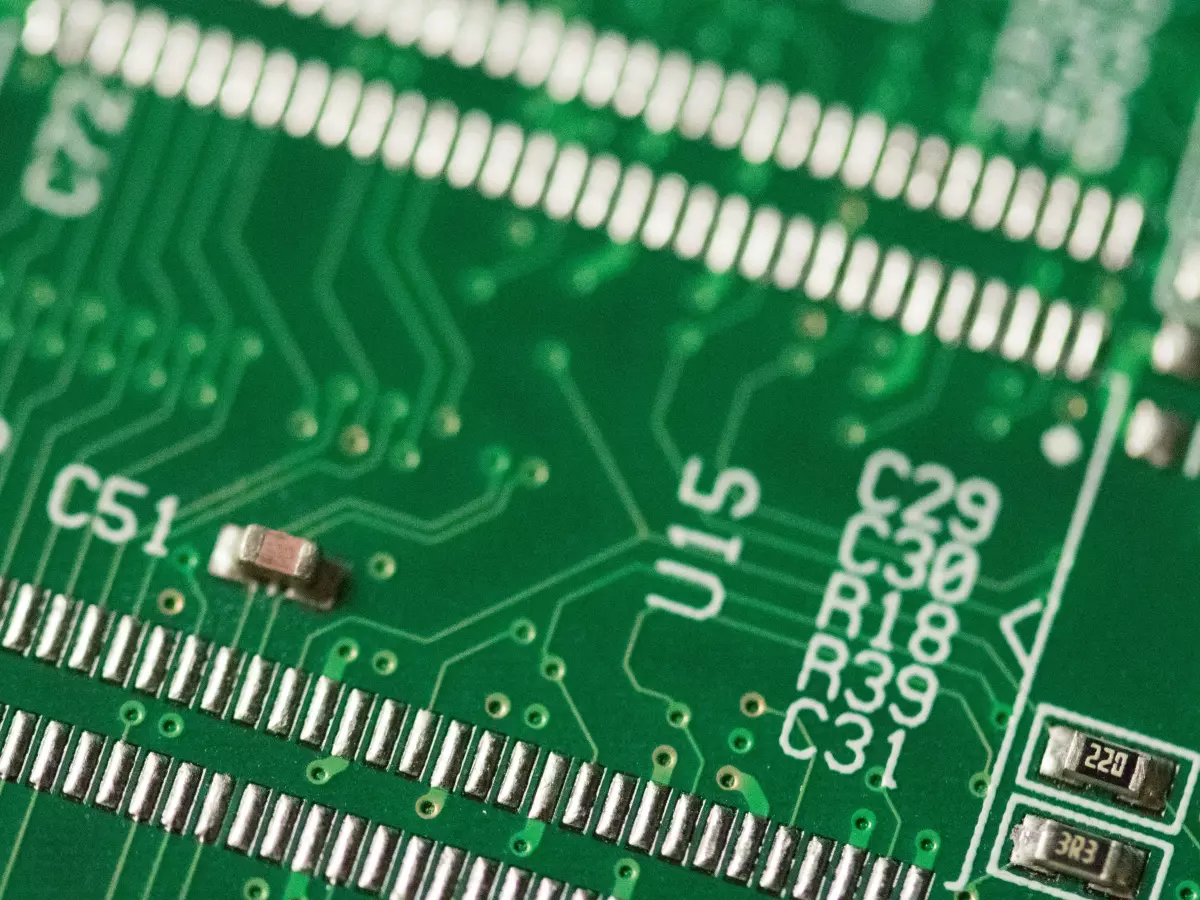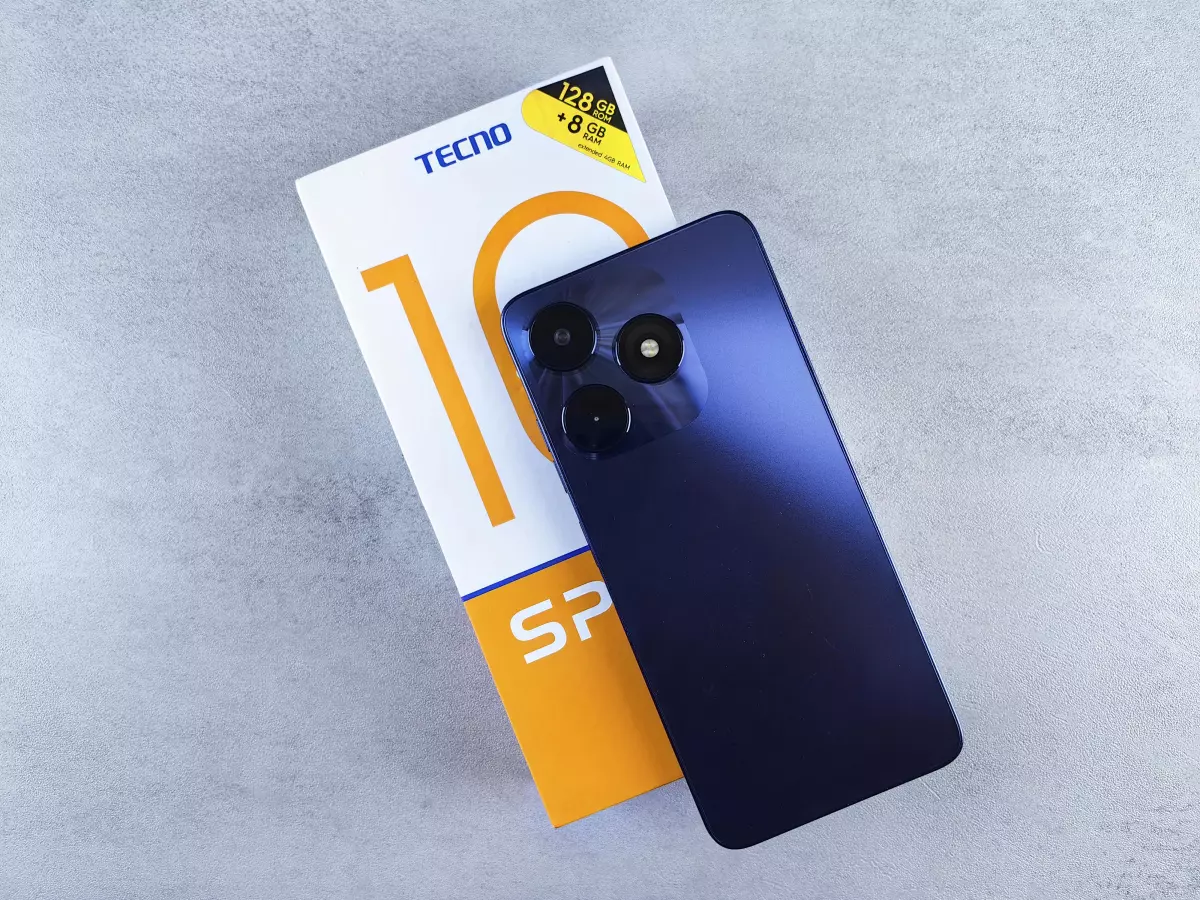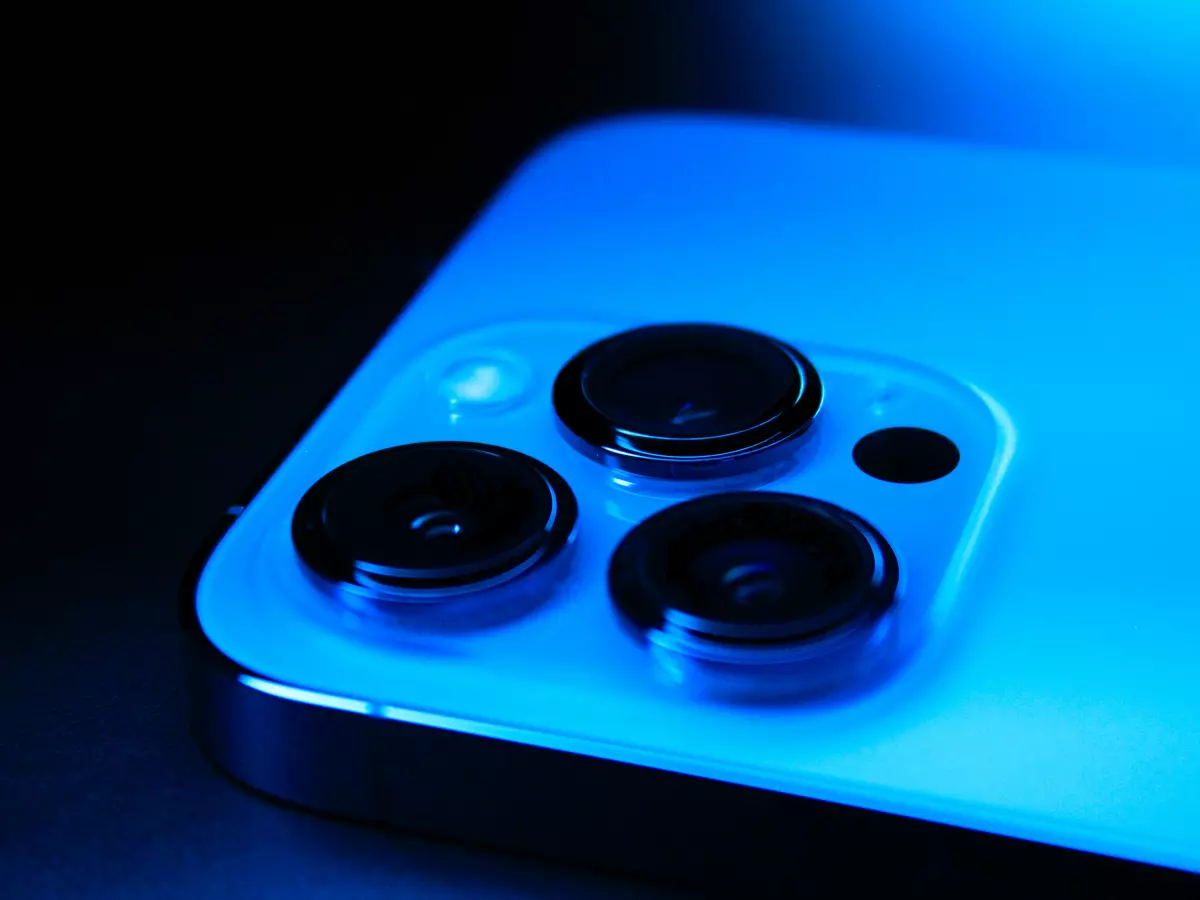Mastering Multitasking
Did you know that the average smartphone user switches between 9 apps per day and uses around 30 apps per month? That’s a lot of multitasking for a device that fits in your pocket!

By Mia Johnson
Smartphones today are like the Swiss Army knives of the tech world. They’re not just for making calls or sending texts anymore. We’re talking about devices that can handle everything from gaming to video editing, all while keeping your email inbox in check. But how do they manage to juggle so many tasks without breaking a sweat? The answer lies in the heart of your device: the processor.
Now, if you’re thinking, “Wait, isn’t the processor just for speed?”—well, yes and no. While speed is a big part of it, the processor is also responsible for managing how your phone handles multiple tasks at once. And trust me, there’s a lot more going on under the hood than you might think.
What’s the Deal with Smartphone Processors?
Let’s break it down. A smartphone processor, also known as the SoC (System on Chip), is essentially the brain of your device. It’s responsible for executing instructions and managing all the different components of your phone, from the camera to the display. But when it comes to multitasking, it’s all about how efficiently the processor can switch between tasks.
Think of it like this: Imagine you’re a juggler, and each app you open is another ball you have to keep in the air. The more apps you have open, the more balls you’re juggling. A good processor is like a pro juggler—it can keep all those balls in the air without dropping any. A weaker processor? Well, let’s just say it might drop a ball or two, leading to slowdowns, crashes, or even the dreaded “app not responding” message.
Multicore Processors: The Real MVPs
One of the biggest advancements in smartphone processors over the years has been the introduction of multicore processors. In the early days of smartphones, processors had a single core, which meant they could only handle one task at a time. But today, most smartphones come with processors that have multiple cores—usually anywhere from four to eight.
Each core is like a mini-processor within the main processor, and they can work together to handle different tasks simultaneously. For example, one core might be handling your music playback while another core is managing your social media feed. This division of labor allows your phone to multitask more efficiently, ensuring that everything runs smoothly even when you’ve got a bunch of apps open.
But here’s where it gets interesting: Not all cores are created equal. Many modern processors use a combination of high-performance cores and energy-efficient cores. The high-performance cores are like the sprinters of the group—they’re fast and powerful, but they also use more energy. The energy-efficient cores, on the other hand, are like marathon runners—they’re slower, but they can keep going for longer without draining your battery.
This setup, known as a “big.LITTLE” architecture, allows your phone to balance performance and battery life. When you’re doing something intensive, like gaming or video editing, the high-performance cores kick in. But when you’re just browsing the web or checking your email, the energy-efficient cores take over, helping to conserve battery life.
RAM: The Processor’s Best Friend
Of course, the processor doesn’t do all the heavy lifting on its own. It’s got a trusty sidekick: RAM (Random Access Memory). Think of RAM as your phone’s short-term memory. It stores the data that your phone needs to access quickly, like the apps you’ve recently opened or the web pages you’re browsing.
When you switch between apps, your phone uses RAM to keep track of where you left off, so you can pick up right where you left off without having to reload the app. The more RAM your phone has, the more apps it can keep in memory, which means faster multitasking and less waiting around for apps to load.
But here’s the catch: RAM isn’t infinite. If you’ve got too many apps open at once, your phone might run out of RAM, which can lead to slowdowns or crashes. That’s why it’s important to close apps you’re not using, especially if you’re running a lot of resource-intensive apps like games or video editors.
Software Optimization: The Unsung Hero
Now, we’ve talked a lot about hardware, but there’s another piece of the puzzle that’s just as important: software optimization. Even the most powerful processor in the world won’t perform well if the software isn’t optimized to take advantage of it.
That’s why companies like Apple and Google put so much effort into optimizing their operating systems for their devices. Apple, for example, designs both the hardware and software for its iPhones, which allows them to fine-tune the performance and ensure that everything runs smoothly. Android, on the other hand, has to work on a wide variety of devices from different manufacturers, which can make optimization a bit trickier. But thanks to advancements in Android’s architecture, it’s gotten a lot better at handling multitasking over the years.
In fact, modern operating systems are so good at managing multitasking that you probably don’t even notice it happening. Your phone is constantly switching between tasks in the background, prioritizing the apps and processes that are most important to you, all without you having to lift a finger.
What’s Next for Smartphone Multitasking?
So, what does the future hold for smartphone multitasking? Well, we’re already starting to see some exciting developments. For one, processors are getting even more powerful, with companies like Qualcomm and Apple pushing the boundaries of what’s possible. We’re also seeing advancements in AI and machine learning, which could help phones become even better at managing tasks and predicting what you’ll need next.
And let’s not forget about 5G. With faster internet speeds, your phone will be able to handle even more tasks at once, from streaming high-quality video to downloading large files in seconds. The possibilities are endless!
So, the next time you’re switching between apps on your phone, take a moment to appreciate the incredible technology that’s making it all possible. Your smartphone processor is doing a lot more than just keeping things fast—it’s the unsung hero of your multitasking experience.





